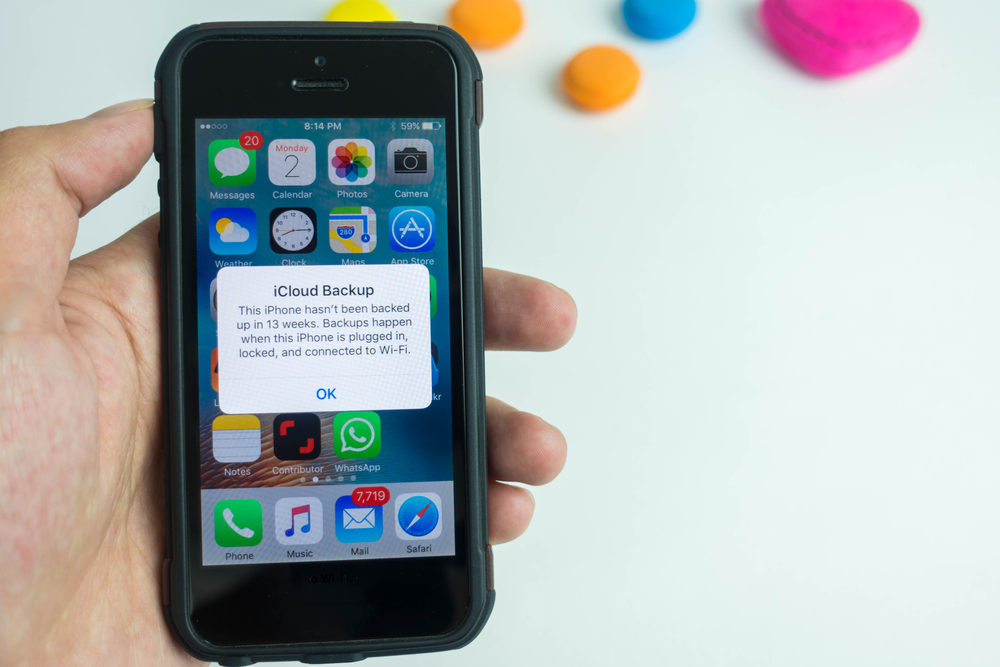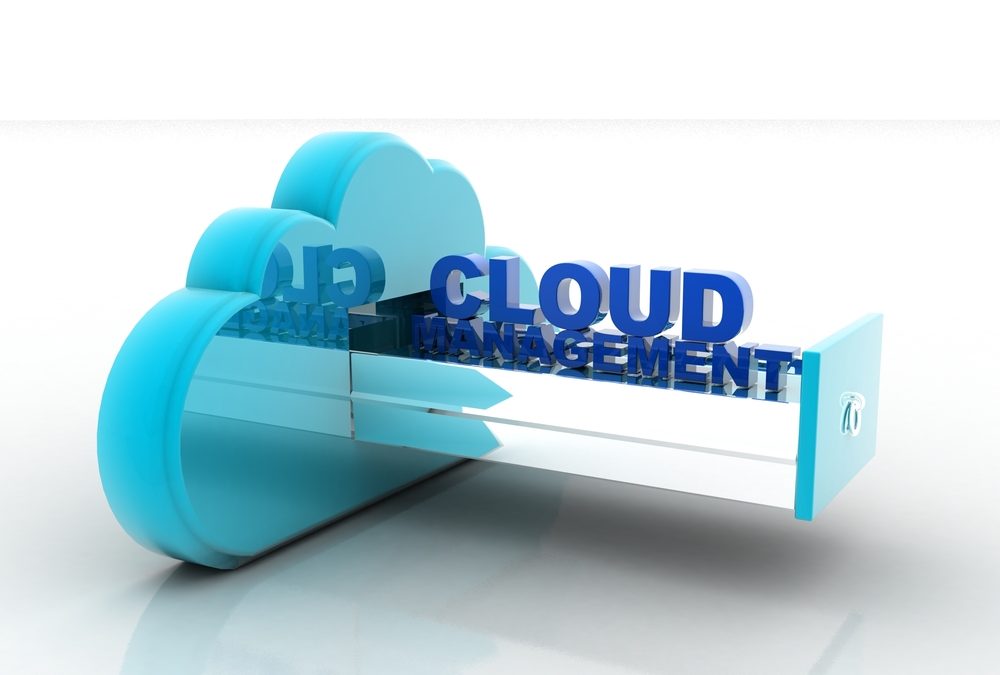Cloud services are providing nationwide and global accessibility and mobility to enterprises and workforces of every type and size.
Moving data and applications to the cloud leverages the power of the internet to companies without the considerable expense and time required to build and support such infrastructure and technology internally.
The question presented to adopters of cloud technology is – how do you manage it, and what do you even need to manage?
Do You Need Cloud Management?
Most cloud providers offer monitoring and reporting tools that provide an accounting of service levels, outages, storage utilization, and general performance level data. The intention of these tools is to promote trust in their performance vs. service level agreements (SLAs) of your contract, and to back up the charges you’re being billed for.
But how do you know that everything reported is accurate, presenting a true picture of performance and contractual obligations?
Many companies have implemented a hybrid solution for cloud computing, combining private cloud functionality in-house, with other computing power hosted in the public cloud.
Utilizing cloud management software for an independent evaluation of multi-cloud environments is the right solution to having the information you need to properly analyze your cloud performance and limitations.
Cloud Management Platforms
Installing or using a supplier-provided cloud management platform (CMP) has many advantages for businesses that have implemented cloud-based infrastructure:
- Factual information generated from reliable, proven tools
- Compliance evaluation tools to ensure adherence to policies and regulations
- Ability to personalize the software to provide meaningful, business-specific data
- Reporting of storage utilization and capacity, allowing resource planning for future needs
- Evaluation of security configuration and notification of incidents or access issues
- Managing service levels through monitoring performance
- Transparency – justification of the services you’re being charged for
There are many cloud management software products that can be implemented independently of your managed service provider, some with complete CMP functionality, and others that integrate with additional software for more specific functions as detailed expense management, infrastructure management, or workload analysis.
Selecting Cloud Management Software
As cloud computing grows at an incredible rate, it is not only large enterprises that benefit from the platform. Small and midsize companies are ideally suited for doing business in the cloud, avoiding large initial capital outlays for infrastructure and technical personnel.
While all implementers of cloud computing will gain advantages from utilizing cloud management software, smaller companies without experienced IT or technical resources may be better served to engage third parties for software selection and implementation.
There are many key players in the CMP market, with several recognized as having leadership in their products. To name only a few:
- Cisco – CloudCenter
- Dell – Dell Cloud Manager
- Rackspace – OpenSpace
- IBM – IBM Cloud Orchestrator
- HPE – OneSphere
Each provider has a unique focus on priorities for cloud management, warranting careful comparison and evaluation for which product is best for your business or enterprise.
Managing Your iCloud Environment
 Apple has been providing and expanding the functionality of iCloud since its introduction in 2011. Literally hundreds of millions of Apple device users have signed up for these services, storing data and syncing their multiple Apple devices safely and securely for years.
Apple has been providing and expanding the functionality of iCloud since its introduction in 2011. Literally hundreds of millions of Apple device users have signed up for these services, storing data and syncing their multiple Apple devices safely and securely for years.
iCloud is the natural choice for cloud storage when it comes to Apple devices including MAC computers, iPads, and iPhones. This is the easy way to store and share photos, documents, calendars, and whereabouts with friends, family, and coworkers. iCloud can even help owners locate missing or stolen devices.
Managing iCloud storage can be confusing for those new to Apple devices, as the basic intention of devices is to upload all updated files to the cloud, so that they’re available from any of your Apple products.
Since Apple only provides a certain (limited) amount of storage at no cost, saving data from all your devices can eat up storage very quickly. Although additional storage is available, there is a cost involved, which may not be acceptable to many users, especially if you own many Apple devices, with each uploading data to the iCloud.
To manage iCloud storage is a relatively simple matter.
First, you will want to evaluate what is in iCloud. That’s an easy task:
- Launch Settings on your Apple device
- Tap the Apple ID banner
- Tap iCloud – a graph will be displayed that shows you how much data you have, and what types of data.
To Clean Out iCloud Storage
It’s relatively simple to remove data like backups in iCloud you no longer need, that is filling up your storage:
- Launch the Settings app
- Tap the Apple ID banner
- Tap iCloud
- Tap Manage Storage
- Tap Backup
- Tap the device you want to remove
- Tap Delete Backup
- Tap Turn Off & Delete in the pop-up displayed
You’ve cleaned out those backups, freeing space for other data.
Other iCloud features are available through similar functions on your Apple device to control which apps sync to iCloud, and even which data is kept on your iPhone or iPad.
Summary
Cloud computing and cloud storage are rapidly gaining in popularity, functionality, and security features. Do some homework when selecting your personal devices or business partner for cloud computing, and you can reap long-term rewards.

